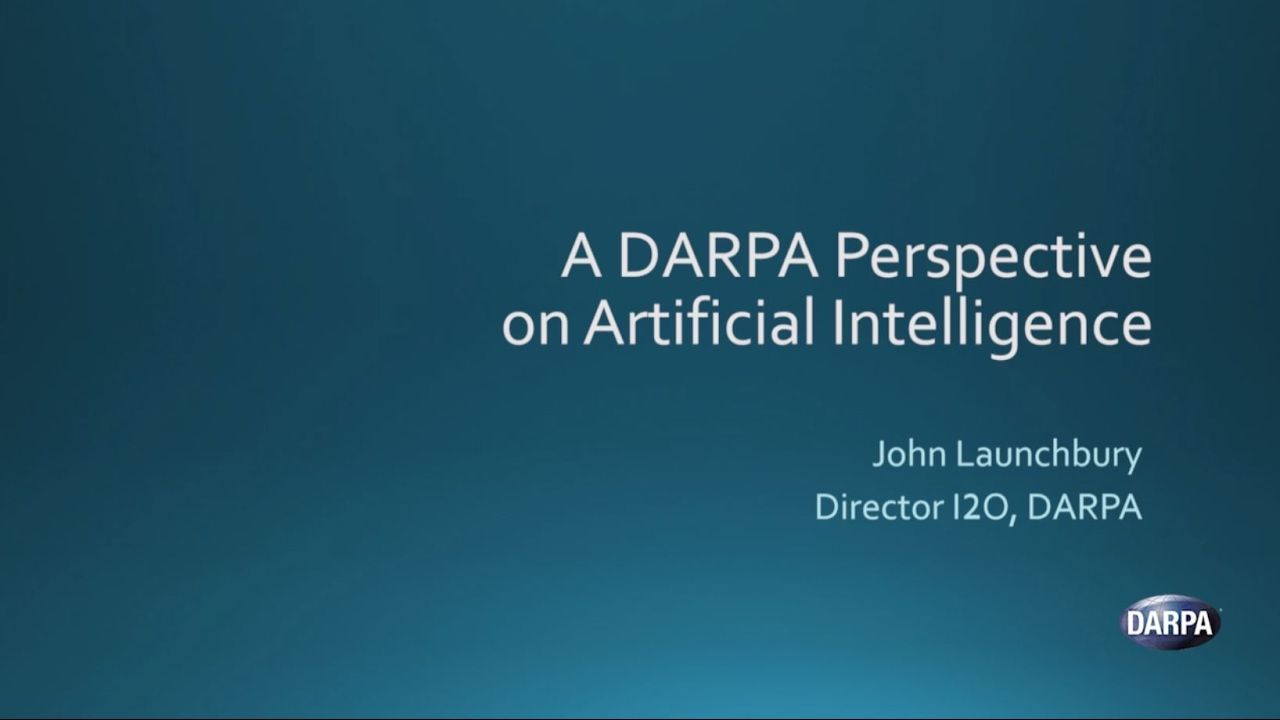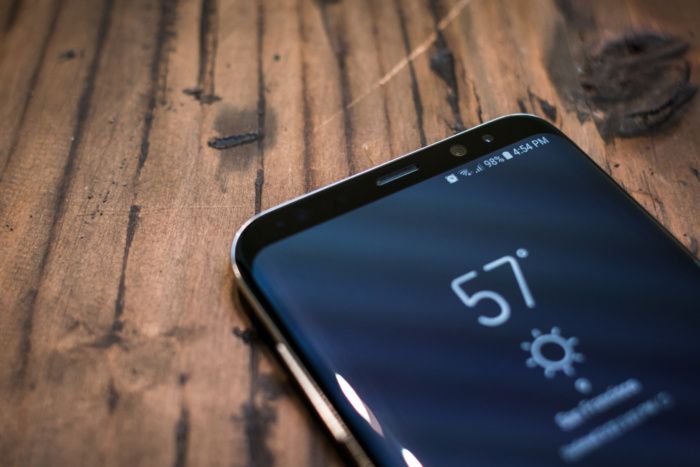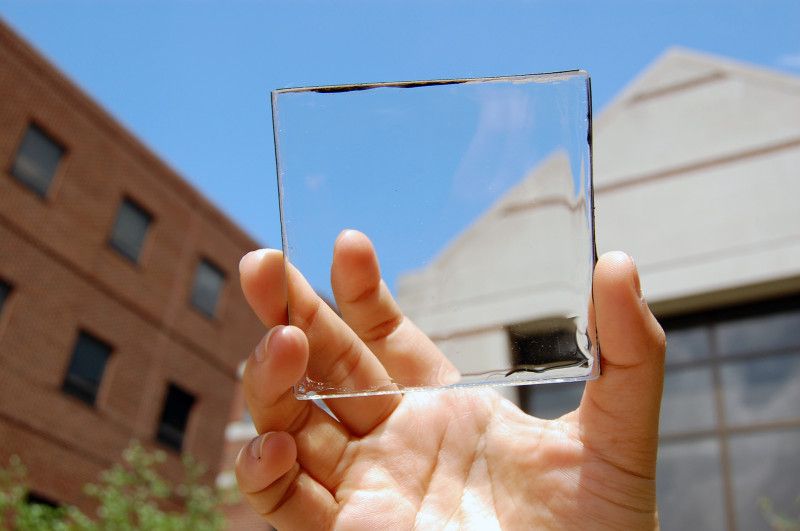Page 10356
Mar 31, 2017
Exponential Series — Nathan Waters
Posted by Alireza Mokri in categories: bitcoin, cryptocurrencies, economics, education, robotics/AI
ES Emerging Technology are delighted to invite you to the second event in our Exponential Series!
Nathan Waters is a futurist, decentralist and entrepreneur. He is the founder of the monthly Ethereum blockchain meetup (SydEthereum) and Australia’s largest independent hackathon (Hackagong).
In this discussion Nathan will be presenting a new project for a blockchain-based economic protocol intended to transition humanity to a post-Capitalist future. We’ll be covering topics such as: runaway automation, technological unemployment, future of work and education, wage slavery, wealth inequality, rising precariat, universal basic income, peer production, platform co-operatives, post-scarcity and decentralised autonomous organisations.
Mar 31, 2017
Apple’s AI director: Here’s how to supercharge deep learning
Posted by Alireza Mokri in category: robotics/AI
Intelligent Machines
Apple’s AI director: here’s how to supercharge deep learning.
Ruslan Salakhutdinov, who leads Apple’s AI efforts, says emerging techniques could make the most popular approach in the field far more powerful.
Continue reading “Apple’s AI director: Here’s how to supercharge deep learning” »
Mar 31, 2017
5 things the Samsung Galaxy S8’s Bixby artificial intelligence service will do
Posted by Alireza Mokri in categories: mobile phones, robotics/AI
Could artificial intelligence make devices easier to use? According to Samsung, it sure can, and that’s what it the company out to prove with its Bixby AI service.
Bixby is being loaded on the Galaxy S8 and S8+ smartphones, which were announced on Tuesday. Bixby is an agent that can help the smartphones talk, recommend, and remind, said Mok Oh, vice president of service strategy at Samsung.
The AI service is being positioned as a more intuitive way to use and interact with smartphones. For example, Bixby can help smartphones execute tasks with a voice command. It also brings cool features like image recognition and language translation on board the S8 smartphones.
Continue reading “5 things the Samsung Galaxy S8’s Bixby artificial intelligence service will do” »
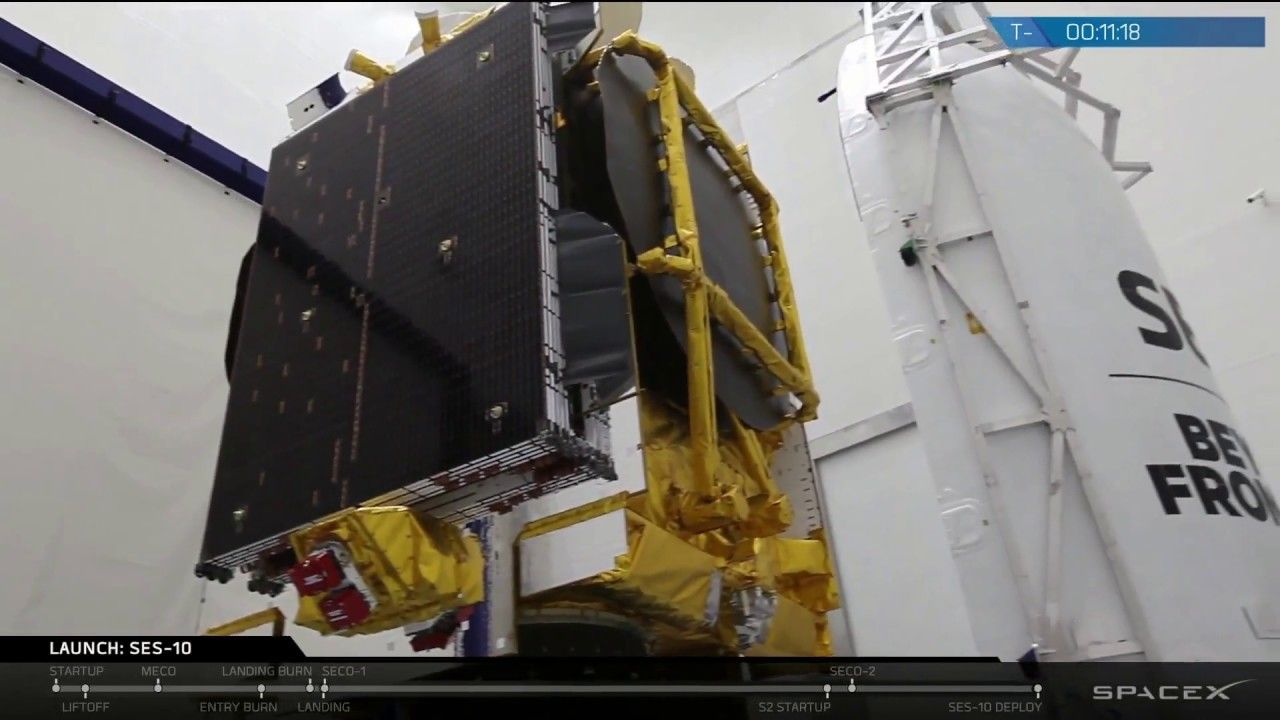
SpaceX’s Falcon 9 rocket will deliver SES-10, a commercial communications satellite for SES, to a Geostationary Transfer Orbit (GTO). SES is a world-leading satellite operator, providing reliable and secure satellite communications solutions across the globe.
The SES-10 mission will mark a historic milestone on the road to full and rapid reusability as the world’s first reflight of an orbital class rocket. Falcon 9’s first stage for the SES-10 mission previously supported the successful CRS-8 mission in April 2016.
Mar 30, 2017
This fully transparent solar cell could make every window and screen a power source
Posted by Shane Hinshaw in categories: engineering, mobile phones, solar power, sustainability
Back in August 2014, researchers at Michigan State University created a fully transparent solar concentrator, which could turn any window or sheet of glass (like your smartphone’s screen) into a photovoltaic solar cell. Unlike other “transparent” solar cells that we’ve reported on in the past, this one really is transparent, as you can see in the photos throughout this story. According to Richard Lunt, who led the research at the time, the team was confident the transparent solar panels can be efficiently deployed in a wide range of settings, from “tall buildings with lots of windows or any kind of mobile device that demands high aesthetic quality like a phone or e-reader.”
Now Ubiquitous Energy, an MIT startup we first reported on in 2013, is getting closer to bringing its transparent solar panels to market. Lunt cofounded the company and remains assistant professor of chemical engineering and materials science at Michigan State University. Essentially, what they’re doing is instead of shrinking the components, they’re changing the way the cell absorbs light. The cell selectively harvests the part of the solar spectrum we can’t see with our eye, while letting regular visible light pass through.
Scientifically, a transparent solar panel is something of an oxymoron. Solar cells, specifically the photovoltaic kind, make energy by absorbing photons (sunlight) and converting them into electrons (electricity). If a material is transparent, however, by definition it means that all of the light passes through the medium to strike the back of your eye. This is why previous transparent solar cells have actually only been partially transparent — and, to add insult to injury, they usually they cast a colorful shadow too.
Mar 30, 2017
This Gross Creature Could Create the Superfood of the Future
Posted by Shane Hinshaw in category: futurism
Mar 30, 2017
The SpaceX Falcon 9 rocket is prepared to launch from historic Complex 39A at the Kennedy Space Center, Florida on March 30, 2017. This is the first time that a “flight-proven” booster is used to launch a payload into space. The vehicle is lifting an 11,000 pound satellite for the Luxembourg based company, SES, to provide video, TV and communications services to Latin America, Mexico and the Caribbean. Photo by Joe Marino-Bill Cantrell/UPI
Posted by Dan Kummer in categories: space, transportation
Mar 30, 2017
Scientists create tiny female reproductive system in a dish
Posted by Dan Kummer in category: biotech/medical
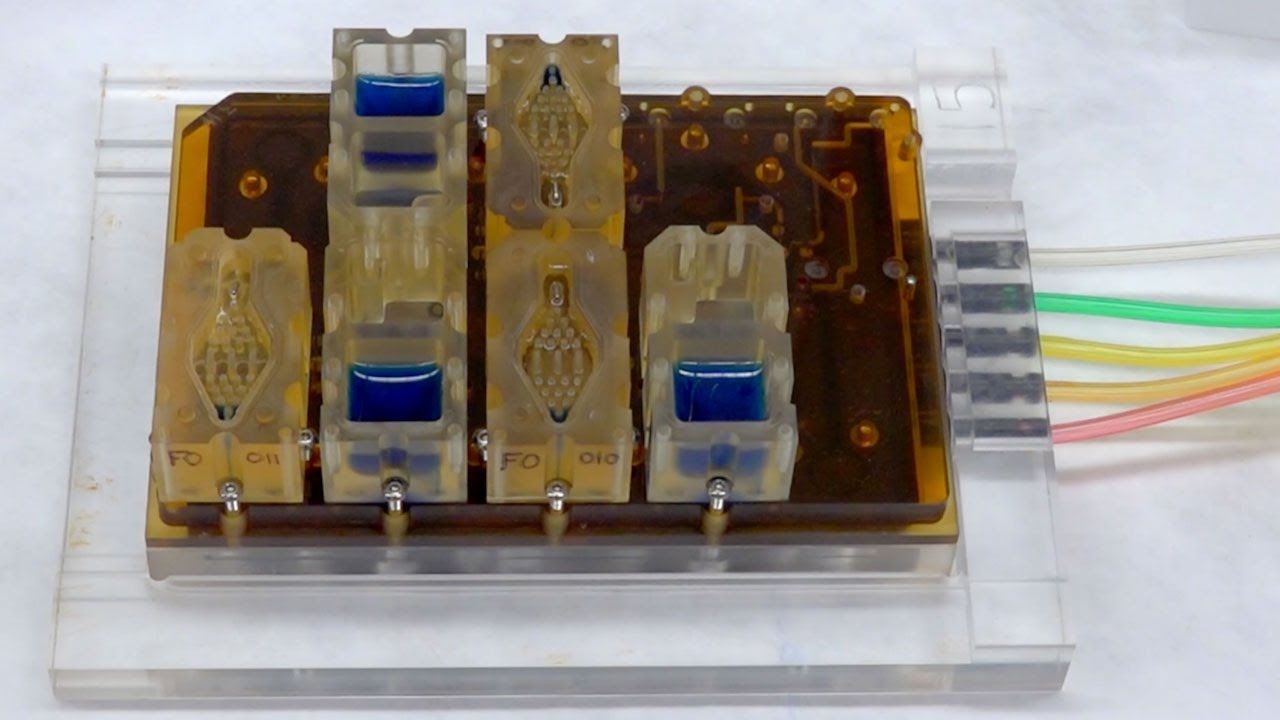
March 28 (UPI) — Researchers at Northwestern University created a synthetic version of the female reproductive system that can be used to test drug therapies.
The system is shaped like a cube and consists of a series of small tubes, each containing cells from a different part of the female reproductive system, including the uterus, cervix, vagina, fallopian tubes and liver.
Continue reading “Scientists create tiny female reproductive system in a dish” »
